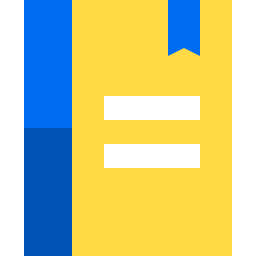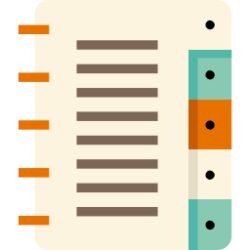Get an Army of Passionate Buyers While Still Writing Your Book

Why?
- Every new chapter will bring most of the old buyers back and many new buyers.
- Significantly improve your book’s market fit and magnetism.
How?
Have an outline of the book and write the first one or two chapters. Make sure that the chapter has real value to the reader and can stand on its own. If it’s just an overview (non-fiction), or it takes more than one chapter to get the reader immersed, this will not work. Readers have to get actual value from it.
Advertise (to the right target audience) and sell this chapter for a very low price ($1). The objective is not to make money but to get the seed of people who are willing buyers. In your ads, you can communicate this as an experiment, and explain why it’s special.
Why is it special?
1. Everyone who bought the first chapter will now be a part of the editorial process for the rest of the book.
2. You will consult with them and get their feedback. They’ll get an outline of the next chapter, plans for the cover (towards the end), etc. This will make them feel good, and you will get help in tailoring the rest of the book even better to the target audience.
3. They’ll have a chance to invite others to buy the next chapter published (with the first of course, for $2.) This chapter has their input already in it, so they are motivated to spread the word.
4. They will also have an online editorial wall, where they will be listed. When someone they invite buys the next chapter (with all the others published before), their status and position will increase on the online editorial wall.
5. When the book is finished, they’ll have a chance to sell it and make a commission. By that time many have already invested so much time, it’s like selling their own book.
You repeat this for each chapter until you finish Make sure you make each chapter have its own value independent of any future ones, but make sure there is always a cliffhanger, giving them reasons to buy the next chapter.
By the time you finish this book, not only will you already have sold many copies, but you will also have an army of readers that will be ready for your next book.
Show the User What You Know and Get His Help

Why?
You want to know your user’s profile: his preferences and behavior based attributes. The two conventional approaches today are to either ask him or make guesses based on his behavior. Both have flaws.
How?
Combine the two and iterate. If you already have some concrete ideas about the user, based on his behavior, show him what you think he is interested in, then ask him to help by telling you where you are wrong, inaccurate, missing facts, etc.
How Often, When and Why Do People Actually Go to the Dentist

Why?
Understanding the motives can help dentists treat patients better, and also communicate and market to them better.
How?
A large scale study. Firstly, how many do regularly go as opposed to those that don’t. If they don’t go regularly when do they finally go and why.
A Simple Experiment to Get Visitor’s Email Address

Why?
Most know wisdom today suggest either “bribing” the visitor into giving away his email address or influencing them to do that out of gratitude. Is there a third simple way?
How?
An experiment. At a certain point during the visitor’s journey on our page, simply ask them for their email address giving no reasons nor bribes. Measure conversion rate compared to current practices not just for getting the email address, but for the most significant conversions like a sale.
Use Online Content Marketing Techniques to Make Book Publishing Success

Why?
It’s is hard to get people to buy and read your book – you need to convince them it’s worth their money and time.
How?
Content marketing is excellent at distributing your presence and creating entrance points for potential buyers. Use the same techniques to get people excited and buy your book. Use a combination of parts of the book and new content to establish many points where buyers will meet your book and enter the funnel. Then use all the other content that you already created (again, parts of the book and new content) to automatically feed the new potential buyer and lure them closer and closer to buying it. You can use whole chapters from the book if they can stand on their own as interesting and useful, or create a special version that can do that. This process can start (it’s better this way) before the book is published.
